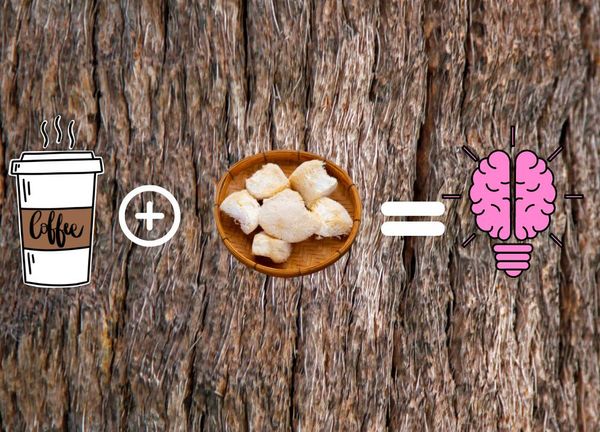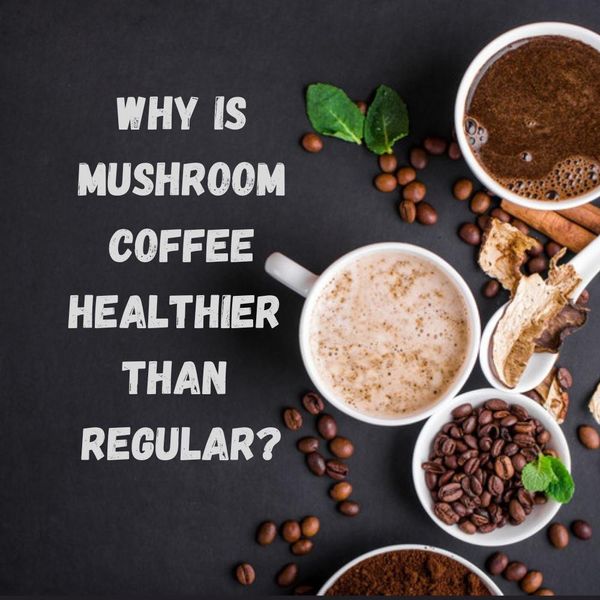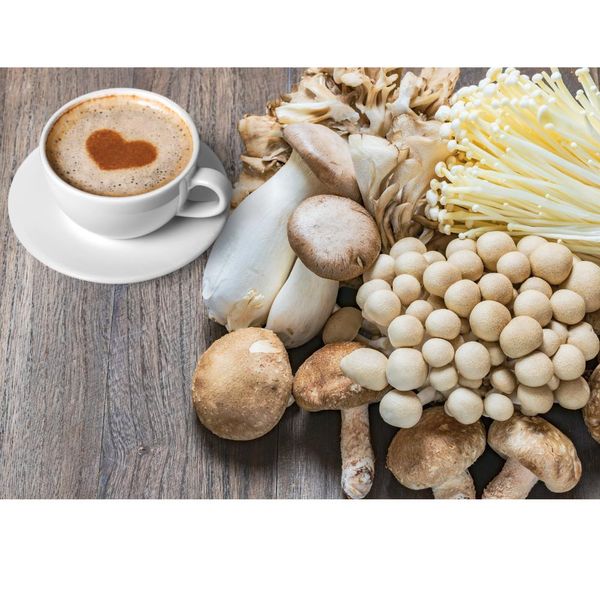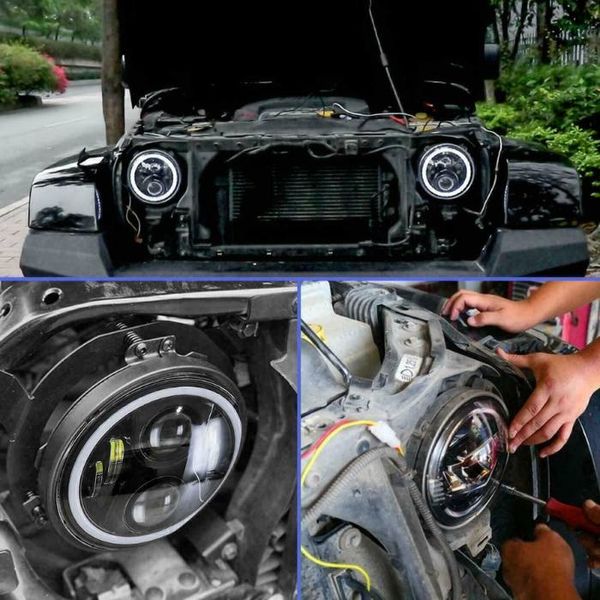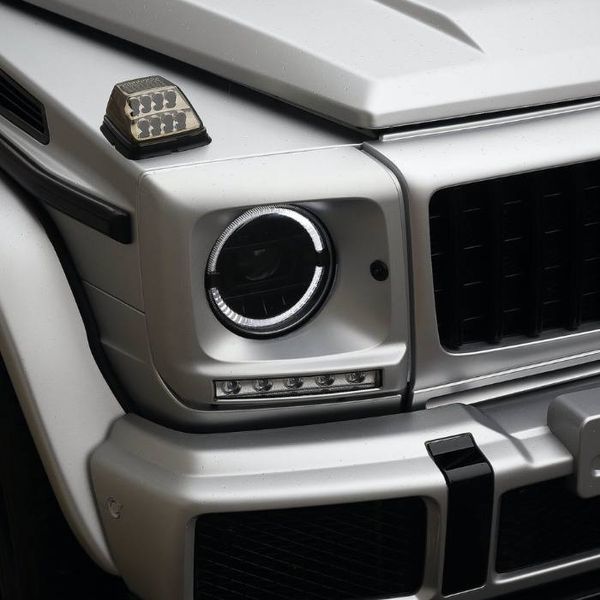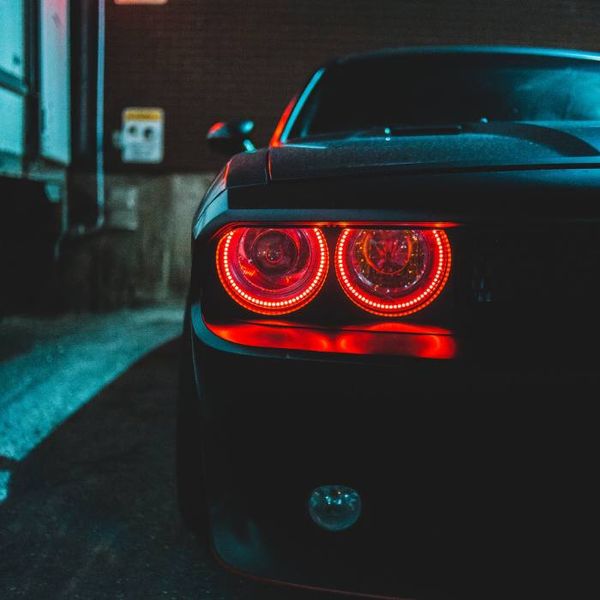Coffee is one of the most popular beverages in the world, say most coffee drinkers, and for good reason. It's a delicious and energizing way to start the day, and it's also a great way to relax and unwind in the afternoon or evening. However, to get the most out of your coffee, you need to start with the best possible beans and grind them properly. Grinding coffee beans is an essential step in the coffee-making process, and it can make a big difference in the taste and quality of your coffee.
There are many different ways to grind coffee beans, and each method has its own advantages and disadvantages. Some people prefer to use a manual grinder, while others prefer an electric grinder. Some people like a medium coarse grind coffee beans, while others prefer a medium fine grind. Some people even use a blender or food processor to grind their coffee beans. No matter which method you choose, the key is to grind your coffee beans just before brewing to ensure maximum freshness and flavor.
Why Grind Coffee Beans?
Grinding whole coffee beans is an essential step in the coffee brewing process. The primary reason for grinding whole bean coffee beans is to increase the surface area of the bean, which allows for better extraction of flavors and aromas during the brewing process. When whole bean coffee beans are ground, they release volatile oils that contain most of the flavors and aromas that we associate with coffee. These oils are responsible for the unique taste and aroma of each coffee variety.
Grinding coffee beans right before brewing ensures maximum freshness and flavor. Once coffee beans are ground, the volatile oils react with oxygen and begin to evaporate. This process occurs rapidly, and within minutes, the coffee will begin to lose its flavor and aroma. Therefore, it is always recommended to grind your coffee beans just before brewing to ensure that you get the best possible cup of coffee.
Another reason to grind your own coffee beans is to control the extraction process. The size of the grind determines how quickly water can pass through the coffee and extract its flavors and aromas. Different brewing methods require different grind sizes to achieve the best results. For example, a French press coffee often requires a coarse grind, while an espresso machine requires a fine grind. By grinding your coffee beans yourself, you can ensure that you are using the correct grind size for your brewing method, which will result in a better cup of coffee.
Choosing the Right Coffee Grinder

Choosing the right coffee grinder is essential to making a delicious cup of coffee. There are two main types of coffee grinders: blade grinders and burr grinders. Each type has its own advantages and disadvantages, and it's important to choose the right one for your needs.
Blade Grinders
Blade grinder, grinders are the most common type of coffee grinder. They are easy to use, affordable, and can grind coffee beans quickly. Blade grinders work by using a spinning blade to chop the coffee beans into smaller pieces. However, this method can result in an uneven grind, which can affect the taste of the coffee.
If you're on a budget or looking for a grinder for occasional use, a blade grinder may be a good option for making coffee with. However, if you're serious about your coffee, a burr grinder may be a better choice.

Burr Grinders
Burr grinders are more expensive than blade grinders, but they offer a more consistent grind. Burr grinders work by crushing the coffee beans between two abrasive surfaces. This results in a more even grind, which can improve the taste of the coffee.
There are two main types of burr grinders: conical burr grinders and flat burr grinders. Conical burr grinders are more expensive, but they offer a more precise grind. Flat burr grinders are more affordable, but they may not be as precise as conical burr grinders.
If you're serious about your coffee and want to achieve a consistent grind, a burr grinder is the way to go. However, be prepared to spend more money than you would on a blade coffee grinder otherwise.

Hand Grinders
Hand grinders are perfect if you love gourmet coffee and need something portable for traveling. It's also a piece of useful equipment to have when there is no power supply, and you want to prepare your morning coffee. Hand grinders are super popular within the hiking and camping community.
They are lightweight and portable to take anywhere you want to have a fresh cuppa. In the past, hand grinders were the most popular coffee bean grinding machines at home. However, they have lost their popularity with the invention and widespread availability of blade grinders.

Grind Coffee Beans Without A Grinder
If you don't have a coffee grinder, you can still grind coffee beans using a mortar and pestle. Start by placing a small portion of beans into the mortar and holding it in place with one hand. With the pestle, crush the beans into small pieces or until the desired grind is achieved. Remember to apply firm pressure when grinding to avoid any uneven or chunky pieces. Continue grinding in small batches to prevent the mortar from becoming too full. Once you've ground enough coffee, pour the grounds into a container and repeat the process until you've ground all the beans that you need. After you have successfully grounded your beans, brew your coffee using your preferred method. Be prepared for a slightly different coffee experience since ground beans from a mortar and pestle might have a slightly different taste and aroma compared to using a coffee grinder.

Preparing the Coffee Beans for Grinding
Before grinding coffee beans, it is important to prepare them properly. This section covers the three main aspects of preparing coffee beans for grinding: roast level, bean quantity, and bean quality.
Roast Level
The roast level of coffee beans can affect the flavor profile and aroma of the coffee. Lighter roasts tend to have a more acidic and fruity flavor, while darker roasts tend to have a more bitter and smoky flavor. It is important to choose a roast level that suits your taste preferences.
Bean Quantity
The amount of coffee beans used can also affect the flavor and strength of the coffee. A general rule of thumb is to use one to two tablespoons of coffee beans per six ounces of hot water used. However, this can vary depending on personal preference and the brewing method used.
It is important to measure the amount pre-ground coffee and ground beans very accurately to ensure consistency in the strength and flavor of the coffee. Using a kitchen scale to weigh the coffee and ground beans can be helpful in achieving this consistency.
Bean Quality
The quality of the coffee beans used can greatly impact the flavor and aroma of the coffee. Higher quality beans tend to have a more complex and nuanced flavor profile. It is important to choose beans that are fresh and have been stored properly to ensure the best quality.
When purchasing coffee beans, look for beans that have been roasted within the last two weeks and have been stored in a cool, dry place. Beans that have been exposed to air, moisture, or heat can lose their flavor and aroma.
Overall, by paying attention to the roast level, bean quantity, and bean quality of grind beans, you can prepare your coffee beans for grinding in a way that will result in a delicious and satisfying cup of coffee.
Grinding Coffee Beans
Grinding coffee beans is an essential step in making a great cup of coffee. The grind size, time, and consistency all play an important role in the final taste of the coffee. Here are some tips on how to grind coffee beans:
Grind Size

The coffee grind size itself is one of the most important factors in determining the taste of the coffee. The grind size affects the rate of extraction, which means that a finer grind will extract more flavor and oils from the coffee than a coarser- grind coffee will. Here are some general guidelines for grind size:
- Coarse grind: This grind size is good for French press, cold brew, and percolator coffee.
- Medium grind: This grind size is good for drip coffee makers and pour-over coffee.
- Fine grind: This grind size is good for espresso machines and Moka pots.
Grind Time
The grind time is another important factor in determining the taste of the coffee. The longer the grind time, the finer the coffee will be. However, grinding for too long can cause the coffee to become overheated, which can affect the flavor. Here are some general guidelines for coffee grinds and time:
- Coarse grind: This grind size should be ground for 10-15 seconds.
- Medium grind: This grind size should be ground for 20-30 seconds.
- Fine grind: This grind size should be ground for 30-40 seconds.
Grind Consistency
The grind consistency is also important in determining the taste of the coffee. A consistent grind will extract the flavors evenly, while an inconsistent grind can cause the coffee to taste sour or bitter. Here are some tips for achieving a consistent grind:
- Use a high-quality burr grinder instead of a blade grinder.
- Grind the coffee in small batches to ensure consistency.
- Clean the grinder regularly to prevent buildup and maintain consistency.
By following these tips, you can achieve the perfect grind for making coffee using your favorite brewing method and enjoy a delicious fresh cup of of coffee every time.
Storing Ground Coffee

After grinding your own coffee grounds and beans, it's important to store the coffee grounds properly to ensure they stay fresh and maintain their flavor. Here are some tips for storing ground coffee:
- Use an airtight container: An airtight container is essential for keeping moisture and air out, which can cause the coffee to lose its flavor and aroma. Glass jars with rubber seals or ceramic canisters with tight-fitting lids are great options.
- Store in a cool, dark place: Exposure to light and heat can also cause coffee to lose its flavor, so it's best to store it in a cool, dark place like a pantry or cupboard.
- Avoid the freezer: While some sources recommend storing coffee in the freezer, it's not the best option. The moisture and odors in the freezer can affect the flavor of the coffee, and the constant temperature changes can cause condensation to form on the beans.
- Use within two weeks: Ground coffee is best when used within two weeks of being roasted, so try to grind only what you need for that time period.
By following these simple tips, you can ensure that your ground coffee stays fresh and flavorful for as long as possible.
Brewing Methods

Now that you are familiar with how to grind coffee beans, there are numerous ways to brew coffee, and each brew method often requires a specific grind size to achieve the perfect taste and aroma. Here's how to grind your coffee beans for different brewing methods:
Immersion brewing methods, such as French press and percolator, allow ground coffee to contact water for an extended period. A coarse or medium-coarse grind works best, giving you a flavorful and robust cup.
Electric brewing, which includes automatic drip and single-serve machines, is the most popular method in the United States. If you use an electric brewing method, use medium grind coffee for a quick and delicious cup.
Manual brewing methods, like pour-over, Chemex, and other cone-filtered methods, allow you to control the water flow over the ground coffee. Experiment with different grind sizes to find what you like - start with a coarse perk grind and a slow pour or a medium-fine cone grind and a faster pour.
Pressure extraction brewing methods, like espresso brewing and Aeropress, require tightly packed and finely ground coffee. An espresso or fine grind will give you that straight-from-the-barista flavor and texture, complete with a silky layer of foam on top (crema).
Cold brewing coffee is a slow and different process, taking up to eight hours. Use an extra coarse grind similar to roughly cracked peppercorns for the perfect cup.
For Turkish coffee, combine extra-finely ground coffee with sugar, water, and spices and boil in a small pot. Because Turkish coffee is served unfiltered, it's important to use an extra-fine grind.
Grinding the perfect coffee for each of these brewing methods is the key to unlocking unique and delicious flavors.

FAQs
Why do I need to grind my coffee beans?
Grinding coffee beans is important because it releases their natural oils and flavors, resulting in a better tasting coffee.
What type of grinder should I use?
Burr grinders are recommended over blade grinders because they grind the beans more evenly and produce a consistent size of grounds.
How fine should I grind my coffee beans?
The grind size depends on the brewing method you plan to use. For example, a fine grind is ideal for espresso, while a coarse grind is better for French press.
Can I grind coffee beans in advance?
Ideally, you should grind coffee beans immediately before brewing to get the freshest taste. However, you can grind a larger amount and store it in an airtight container for up to a week.
How much coffee should I grind at a time?
It's best to only grind the amount of coffee you need for each brewing session to ensure freshness.
How do I clean my coffee grinder?
Follow the manufacturer's instructions for cleaning your coffee grinder. Generally, you can use a brush to remove any leftover grounds and wiping down the parts with a damp cloth.
Can I grind flavored coffee beans?
It's not recommended to grind flavored coffee beans as the oils used to create the flavoring can stick to the grinder and affect the taste of future grinds.
Should I choose light, medium, or dark roasted coffee beans based on the grind?
The roast level of your coffee beans should be chosen based on your personal preference, not the grind size.
Conclusion
Grinding coffee beans is a crucial step in the coffee-making process that can significantly impact the flavor and aroma of your brew. By following the steps outlined in this article, you can achieve a consistent and quality grind every time.
Remember to use a reliable grinder that matches your preferred brewing method, and grind your beans as close in time to brewing as possible. Experiment with different grind sizes brew methods to find the perfect balance of extraction and flavor. And don't forget to store your beans properly to maintain their freshness and quality.
Whether you prefer a coarse grind for French press or a super fine grind for espresso, understanding the principles of extraction and using the right techniques can help you achieve a perfect cup of coffee every time. So go ahead and try it out for yourself!


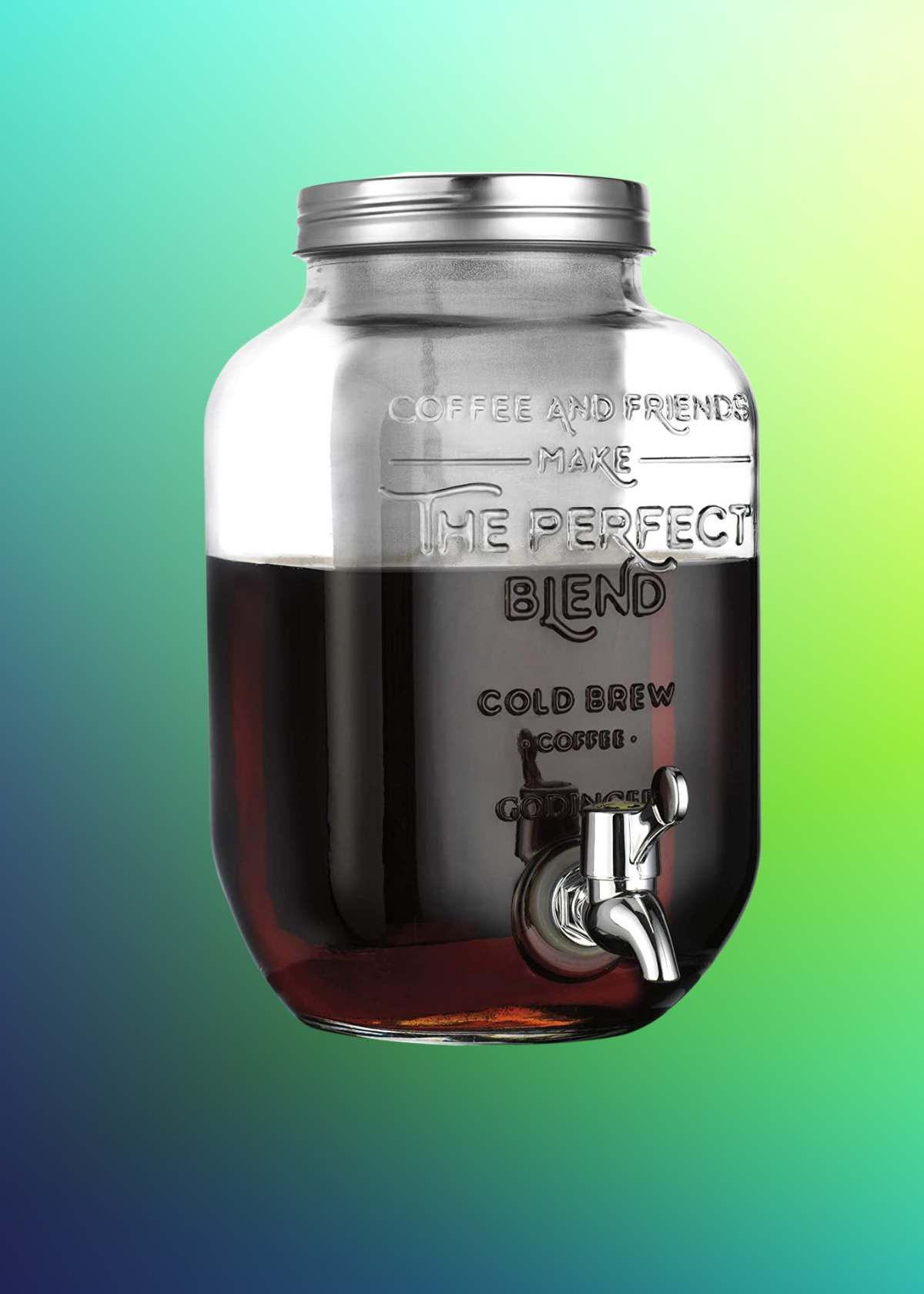



Before you go, please Subscribe! You will be the first to see reviews and recommendations on our newest favorite things and hottest trending products!
This post may contain affiliate links, which means Anchor Reviews may receive a commission if you purchase through my links, at no extra cost to you. It helps us to keep finding and writing about awesome products for you. Please read the full disclosure for more information.




